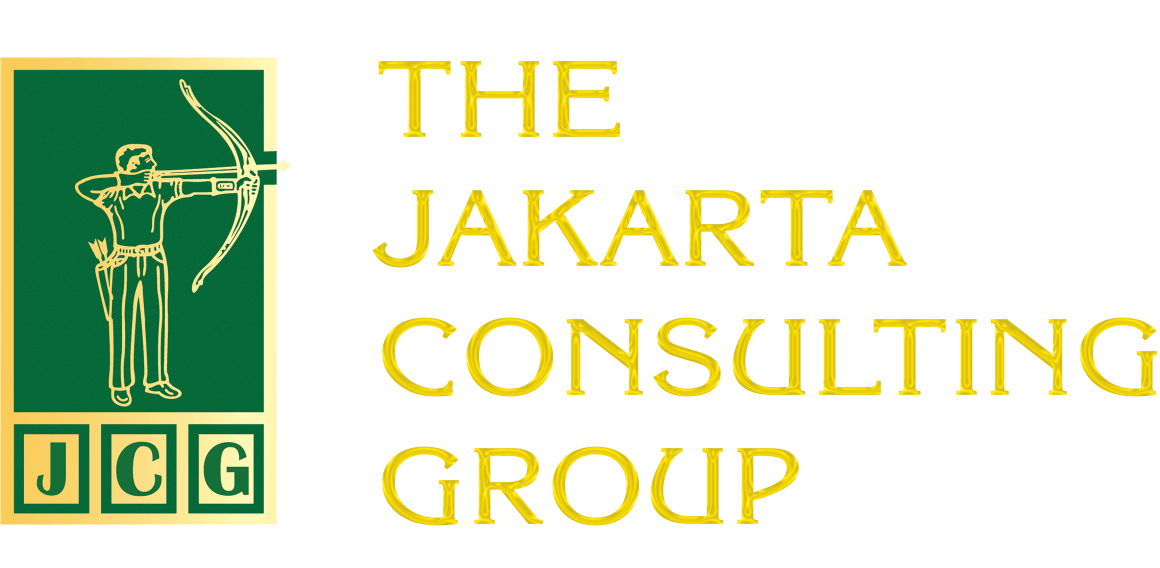Aligning Personal Values, Current Values, and Desired Values. Organization culture has evolved from just a buzzword into a critical factor that can make or break an organization. At its core, culture reflects the values, beliefs, and behaviours that shape the work environment. But how does an organization ensure that its culture aligns with the personal values of its employees, the organization’s current values, and the desired values for the future? This value alignment is a key driver of organizational success, boosting employee satisfaction, retention, and performance.
Why Are Values Important to an Organization?
Values are the heart of an organization culture. They serve as guiding principles for decision-making, behaviour, and priorities. When personal and organization values are aligned, employees feel more engaged, motivated, and satisfied, which leads to higher productivity and a positive work environment. On the flip side, misaligned values can lead to conflict, dissatisfaction, and high employee turnover.
Let’s take a closer look at the three types of values mentioned above:
Personal Values
These are the individual beliefs, ethics, and standards that employees bring to the workplace. Personal values shape how employees interact with their work, colleagues, and the organization.
Personal values are a big part of employee satisfaction. Employees tend to be more invested in their work when they feel their values align with the organization’s values. Misalignment can lead to disengagement and burnout because employees may feel disconnected from the organization’s mission and goals. For instance, an employee who values transparency and honesty might struggle in an organization where communication isn’t open and behaviour is less than honest. On the other hand, someone committed to work-life balance might find it tough to thrive in a high-pressure work environment. However, when employees’ values are respected and supported by the organization, they’re more likely to work harder, show loyalty, and even become advocates for the organization.
To create alignment, open dialogue is essential, where employees can express their values and beliefs. Through employee surveys, focus groups, or regular meetings, leaders can gain a deeper understanding of what matters to their teams. This also helps management spot any conflicts between personal values and the current culture, and take proactive steps to bridge those gaps.
Current Values
These reflect the organization’s existing culture—what the organization prioritizes and how it operates on a daily basis. These values are often embedded in the organization’s policies, practices, and behaviours.
Current values are shaped by a organization’s history, leadership, and operating environment. These values show up in everyday actions and decisions.
One of the challenges organizations face is making sure the values they claim to hold are aligned with what’s actually practiced on the ground. For example, a organization may claim to value innovation, but if employees are constantly punished for taking risks or deviating from established processes, it sends a conflicting message. This misalignment can lead to confusion and erode trust between employees and leadership.
Desired Values
These are values an organization aims to achieve. Desired values represent the organization’s vision and serve as a roadmap for the future. Sometimes, companies need to reassess their values to stay relevant in a changing world. For instance, an organization that has traditionally focused on efficiency might realize that future success depends more on customer orientation, innovation, or sustainability. The challenge is that achieving desired values isn’t easy. It requires careful planning, strong commitment, and the support of employees.
How to Align Them
To ensure personal values, current values, and desired values align, there are several steps organizations can take. First, clearly define the organization’s current and desired values. Leadership must communicate these values consistently and transparently to all employees. This helps employees understand the organization’s direction and sets clear expectations for behaviour and decision-making. Second, organizations should conduct regular culture assessments to uncover gaps between current and desired values. Third, value alignment should begin during the recruitment process to ensure that new hires are aligned with the organization culture from the start. Fourth, companies should create spaces where employees can provide feedback on how well their personal values align with the organization culture. This can include regular one-on-one meetings, employee satisfaction surveys, or suggestion boxes. By listening to employees, organizations can make adjustments to improve alignment. Fifth, leaders must lead by example. They should embody the values they want to see in their employees, showing through their actions what the organization stands for. This sets the tone for the whole organization and reinforces the importance of value alignment. Sixth, recognition and rewards. This motivates employees to embrace and live out the desired values.
Aligning Personal Values, Current Values, and Desired Values
Category: Corporate Culture
#organization culture #values #valuealignment #personalvalues #currentvalues #desiredvalues











